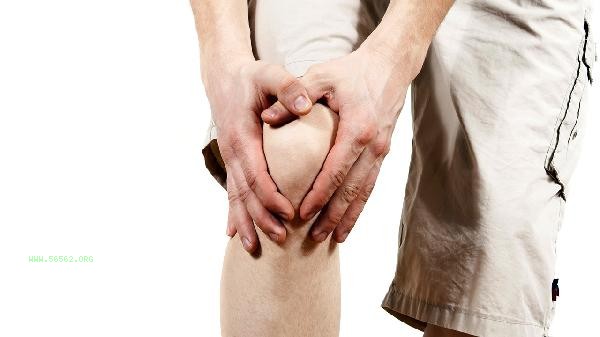Improper shoulder and neck massage may lead to muscle damage, nerve compression, vascular injury, cervical dislocation, or exacerbation of existing diseases. Excessive massage intensity, incorrect techniques, inaccurate positioning, neglect of contraindications, or prolonged operation time may all lead to adverse consequences.

1. Muscle injury
Excessive force or repeated kneading may cause muscle fiber tearing and local congestion and swelling. The acute phase is characterized by compression pain and restricted movement, and long-term incorrect techniques may lead to chronic myofascial inflammation. Massage should be paused after muscle injury, and symptoms can be relieved through hot compress. In severe cases, medical treatment should be sought.
2. Improper compression of the cervical transverse process area may stimulate the brachial plexus nerves and cause numbness and pain in the upper limbs. Operational errors near the intervertebral foramen can exacerbate symptoms of cervical spondylotic radiculopathy. Radiation pain may occur after nerve compression, which needs to be improved through cervical traction or nutritional nerve medication.
3. Vascular injury
Rough massage of the neck artery area may induce vascular intimal injury and increase the risk of thrombosis. Compression of the vertebral artery can lead to symptoms of insufficient blood supply to the vertebral basilar artery, such as dizziness and vertigo. Individuals with hypertension or arteriosclerosis are more prone to vascular complications and should immediately stop massaging and monitor blood pressure changes.
4. Cervical misalignment

Improper rotation and manipulation may cause disorders in the cervical facet joints, resulting in clicking and movement disorders. Incorrect manipulation by individuals with pre-existing intervertebral disc herniation can exacerbate the protrusion of the nucleus pulposus. Headache and nausea may occur after misalignment, and it is necessary to use orthopedic techniques for reduction. In severe cases, a neck brace should be worn for fixation.
5. Disease aggravation
Massage for osteoporosis patients can easily cause fractures, and pressing on the tumor metastasis area can accelerate its spread. Massage during acute cervical spinal cord injury may lead to paralysis, while rheumatic activity can exacerbate inflammatory reactions. Patients with underlying diseases should undergo comprehensive imaging evaluation before massage to avoid blind operation. Before performing shoulder and neck massage, one should assess their own health condition and choose a professional institution and certified technician. Symptoms such as increased pain, limb numbness, or dizziness during the massage process should be stopped immediately. In daily life, discomfort can be relieved by performing cervical spine exercises, applying warm salt bags, and maintaining a constant temperature, avoiding prolonged periods of bowing posture. Patients with osteoporosis, severe cervical spondylosis, and cardiovascular and cerebrovascular diseases should choose physical therapy under the guidance of a doctor and avoid self massage. Supplementing protein and vitamin C appropriately after massage can help with tissue repair, and maintaining sufficient sleep can improve rehabilitation outcomes.









Comments (0)
Leave a Comment
No comments yet
Be the first to share your thoughts!